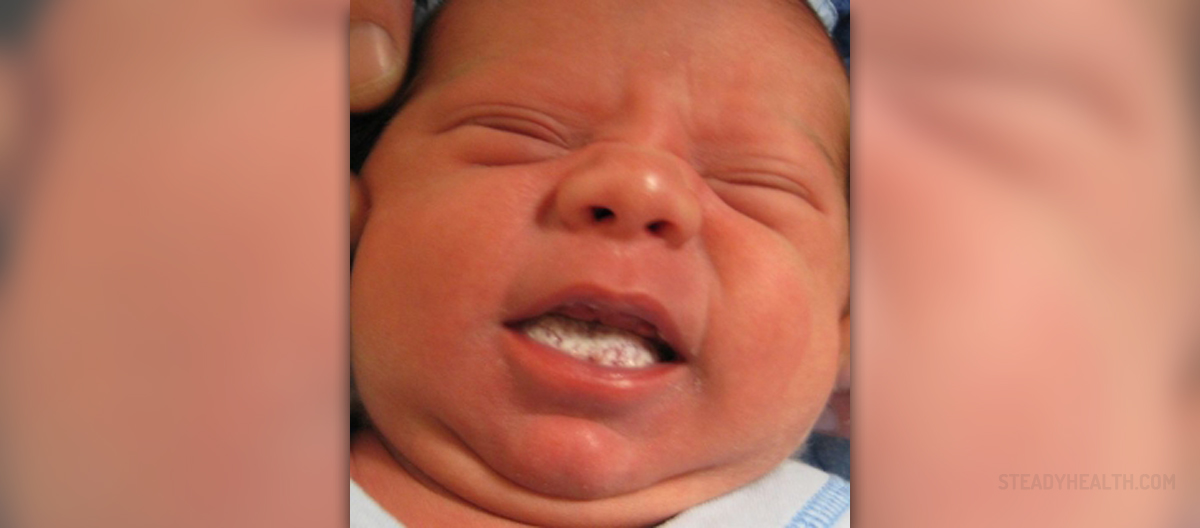
Causes of thrush
While the candida albicans fungus is a normal part of everybody's digestive system, imbalances can cause this fungus to overgrow and cause thrush. It is hard to determine the exact cause of thrush in small babies, but it is known that most who develop thrush do so in the first two months of life. During a vaginal birth, babies tend to come into contact with candida albicans, but the contact alone does not lead to thrush. One possible cause of thrush is antibiotic use, either by the baby or mother. Breastfeeding moms can pass the infection from their nipples to their baby, after which the baby can pass it back. When left untreated, this can go on for quite a while.
Symptoms of thrush
Oral thrush in infants can be spotted relatively easily you will notice the typical white patches in your child's mouth, that look similar to cottage cheese. There can also be lesions that bleed sometimes, and cracked corners of the mouth. The tongue can also be affected. In addition, it is good to know that, while milk residue can easily be wiped off with a gauze, thrush stays on the mouth. Babies who have thrush might refuse to nurse and be fussy. Thrush can also appear on your nipples. In that case, you will have sore nipples that can be red and blistery as well. Nursing will hurt.
Treating thrush
Thrush usually goes away on its own, and you may not need any treatment. Although uncomfortable for mothers and babies, thrush is not dangerous. A fungal cream is sometimes prescribed to help clear up the infection.
- www.nhs.uk/conditions/thrush-in-men-and-women/
- www.betterhealth.vic.gov.au/health/conditionsandtreatments/vaginal-thrush
- Photo courtesy of James Heilman, MD by Wikimedia Commons: commons.wikimedia.org/wiki/File:Thrush2010.JPG


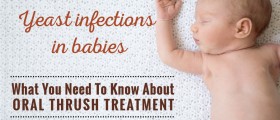
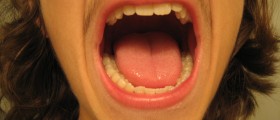




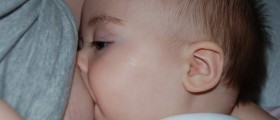
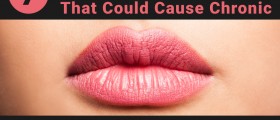
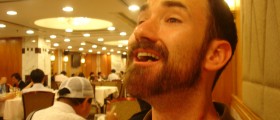

_f_280x120.jpg)
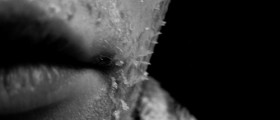

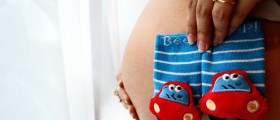
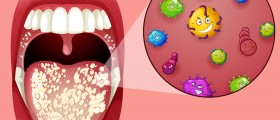
Your thoughts on this
Loading...